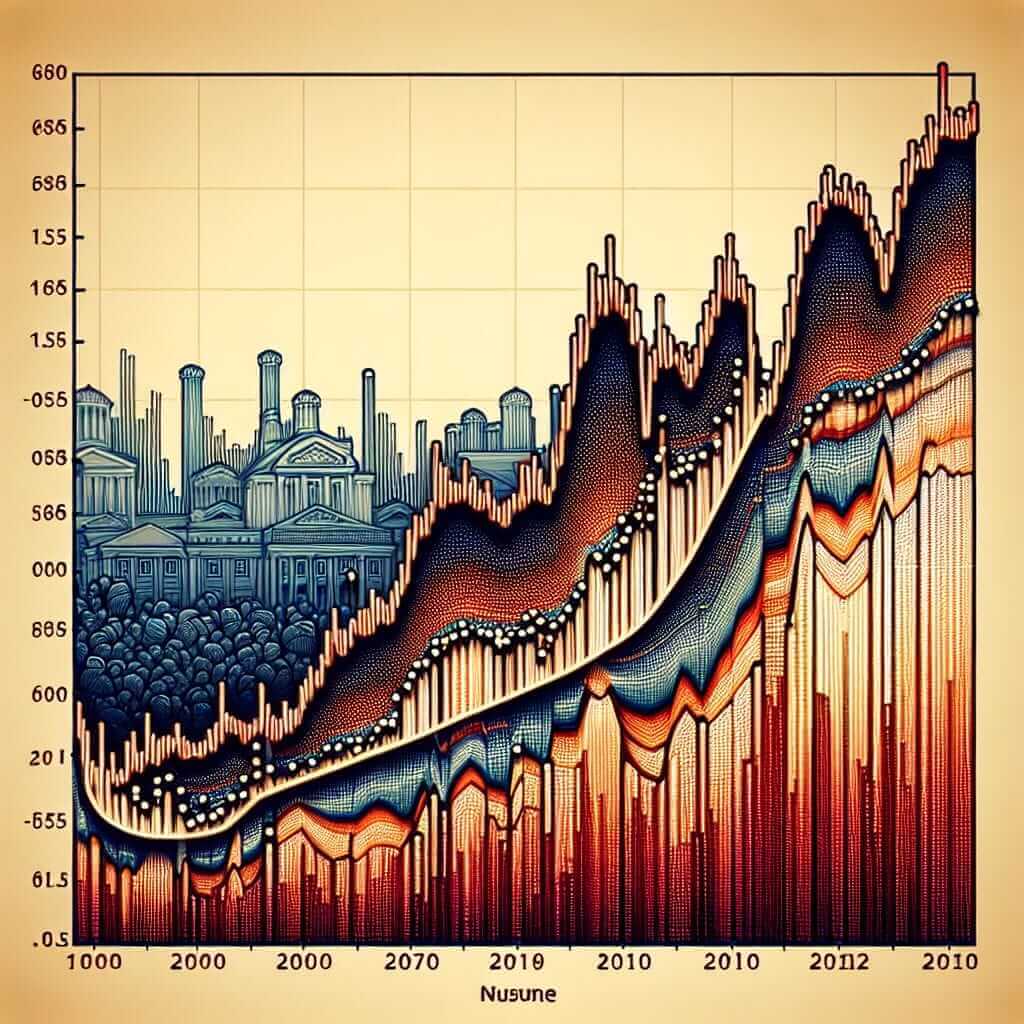As an IELTS instructor with over two decades of experience, I’ve guided countless students towards achieving their desired scores. One question I consistently encounter is: “How can I excel in IELTS Writing Task 1?” This article will provide a comprehensive guide to help you understand the task, master its components, and ultimately, attain a high score.
Understanding IELTS Writing Task 1
The first step towards success is understanding the task itself. In Writing Task 1, you’re presented with a visual representation of data – this could be a graph, chart, table, diagram, or even a map. Your task is to analyze this data and present it in a well-structured, coherent report of at least 150 words. Remember, you are not providing your opinion or interpretation of the data; rather, you’re presenting a clear and factual summary.
Key Elements of a High-Scoring Report
To score highly, your report needs to demonstrate proficiency in several key areas:
1. Task Achievement
This refers to your ability to accurately understand the data and present it in a clear, relevant, and complete manner. You should:
- Paraphrase the question: Start your report by paraphrasing the question prompt, demonstrating your understanding of the task.
- Highlight key features: Identify the most significant trends, changes, or comparisons presented in the visual data.
- Support your statements: Use data from the visual to support your descriptions and comparisons.
2. Coherence and Cohesion
A high-scoring report must be well-organized and easy to follow. This involves:
- Clear paragraphing: Structure your report logically, using paragraphs to separate different aspects of the data. A common approach is:
- Introduction (paraphrasing the task)
- Overview (summarizing the key trends without specific data)
- Body Paragraph 1 (detailing specific trends with data)
- Body Paragraph 2 (detailing further trends with data)
- Appropriate linking words: Utilize a variety of linking words and phrases (e.g., furthermore, however, in contrast) to create smooth transitions and show relationships within the data.
3. Lexical Resource (Vocabulary)
Your choice of vocabulary significantly impacts your score. You need to demonstrate:
- Range of vocabulary: Use a variety of words and phrases related to describing trends (e.g., increase, decline, fluctuate, plateau), comparisons (e.g., similarly, in contrast, whereas), and data (e.g., percentages, proportions, figures).
- Accurate word choice: Ensure your vocabulary is used precisely and appropriately in the context of the data.
- Avoid repetition: Don’t overuse the same words or phrases. Utilize synonyms and paraphrasing to demonstrate a wider range of vocabulary.
4. Grammatical Range and Accuracy
Finally, your grammar must be consistently accurate and demonstrate variety:
- Use a range of sentence structures: Employ both simple and complex sentences to convey information effectively.
- Accurate grammar: Pay close attention to subject-verb agreement, tense consistency, articles, prepositions, and punctuation.
- Error-free writing: Thoroughly proofread your report to eliminate any grammatical errors.
Example: Analyzing a Line Graph
Let’s consider a common IELTS Writing Task 1 scenario: you’re presented with a line graph showing the number of tourists visiting a particular country over a period of time.

A high-scoring report might look like this:
The line graph illustrates the number of tourists visiting [Country Name] from [Year] to [Year]. Overall, the data reveals a significant upward trend in tourist arrivals over the given period.
Initially, in [Year], the number of tourists remained relatively stable at approximately [Number]. However, from [Year] onwards, there was a marked increase in visitor numbers, reaching a peak of [Number] in [Year]. This upward trend can be attributed to [Possible Reason Based on External Knowledge or Information Provided in the Task].
Following this peak, there was a slight dip in [Year], but the number of tourists quickly recovered and continued to climb steadily until [Year]. It is important to note that despite some fluctuations, the overall trend remained positive, indicating [Country Name]’s growing popularity as a tourist destination.
Tips for Success
Here are some additional tips to boost your score:
- Practice regularly: Familiarize yourself with different question types and practice writing reports under timed conditions.
- Analyze sample answers: Study high-scoring sample reports to understand the structure, language, and strategies employed.
- Seek feedback: Have a qualified IELTS instructor or English teacher evaluate your writing and provide constructive criticism.
- Focus on your weaknesses: Identify your areas of weakness (e.g., vocabulary, grammar, organization) and dedicate extra practice time to improve them.
Conclusion
Mastering IELTS Writing Task 1 requires a focused approach, consistent practice, and a strong understanding of the assessment criteria. By following the strategies outlined in this guide, you can enhance your writing skills and approach the exam with confidence. Remember, the key is to be clear, concise, and accurate in your data representation, using a range of vocabulary and grammatical structures. With dedication and the right approach, you can achieve your desired IELTS Writing Task 1 score.